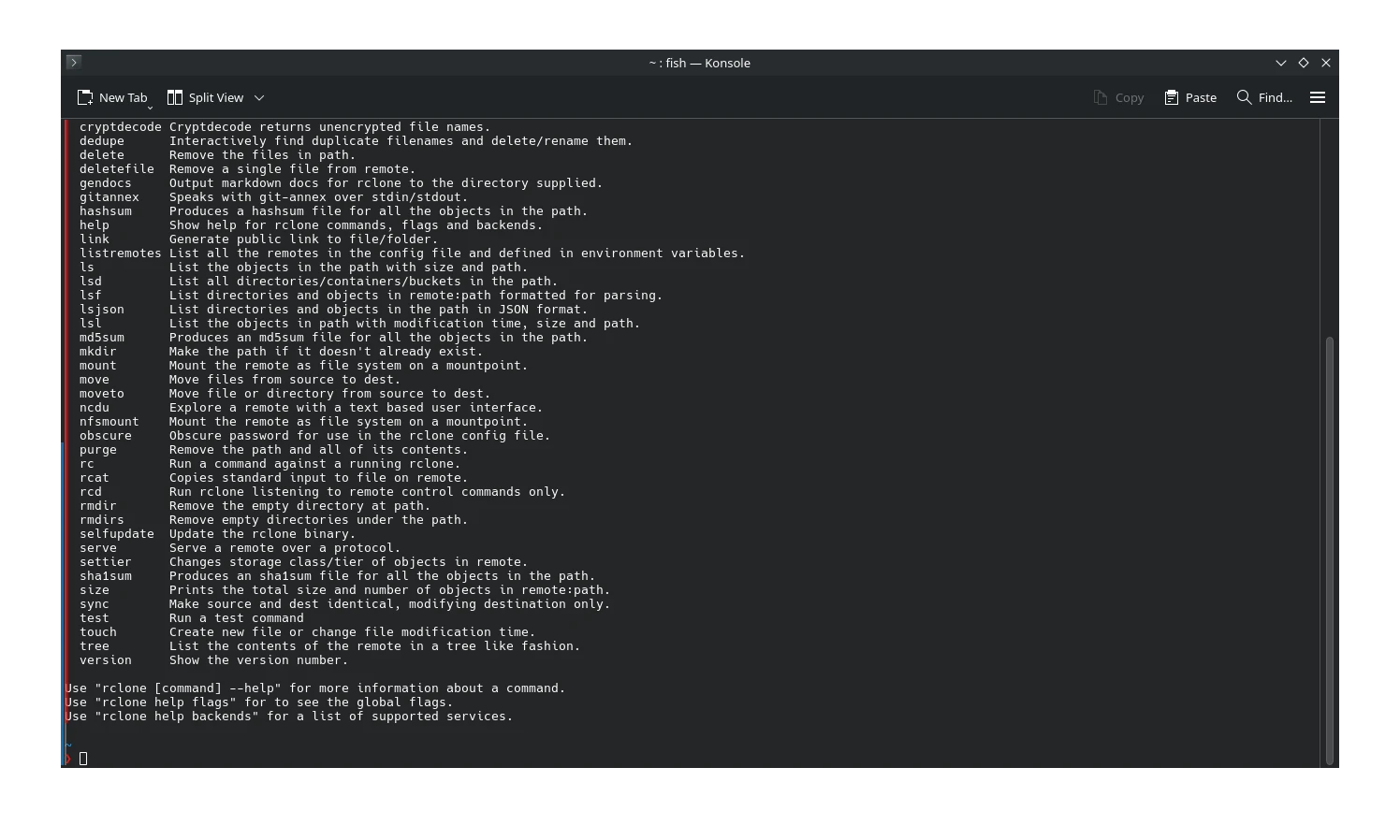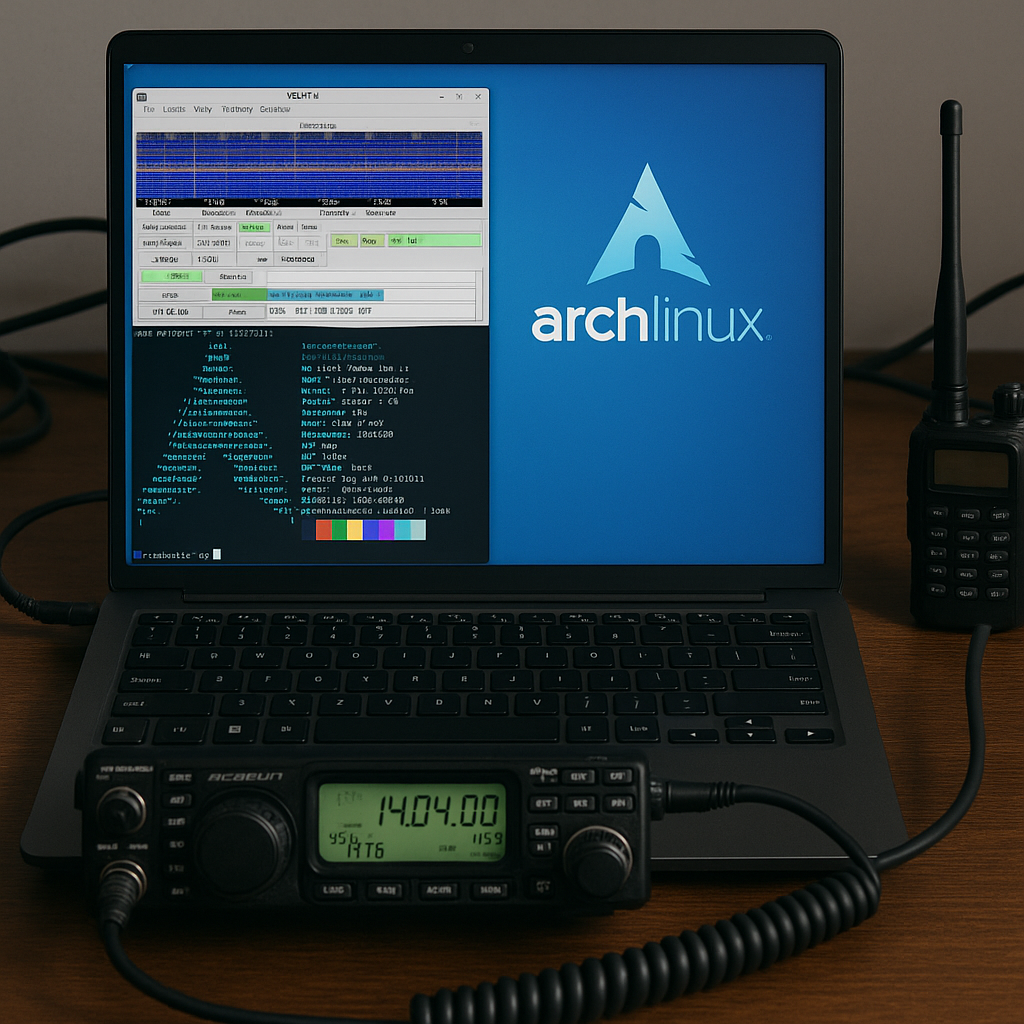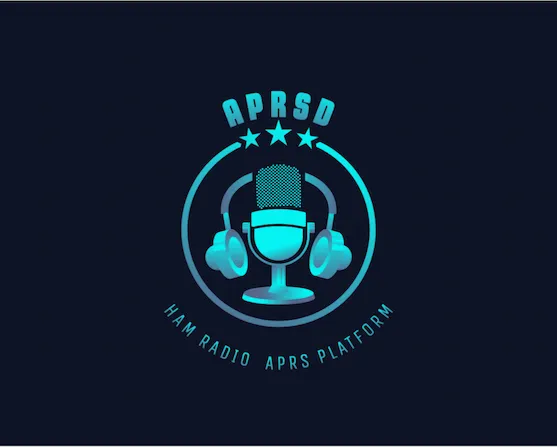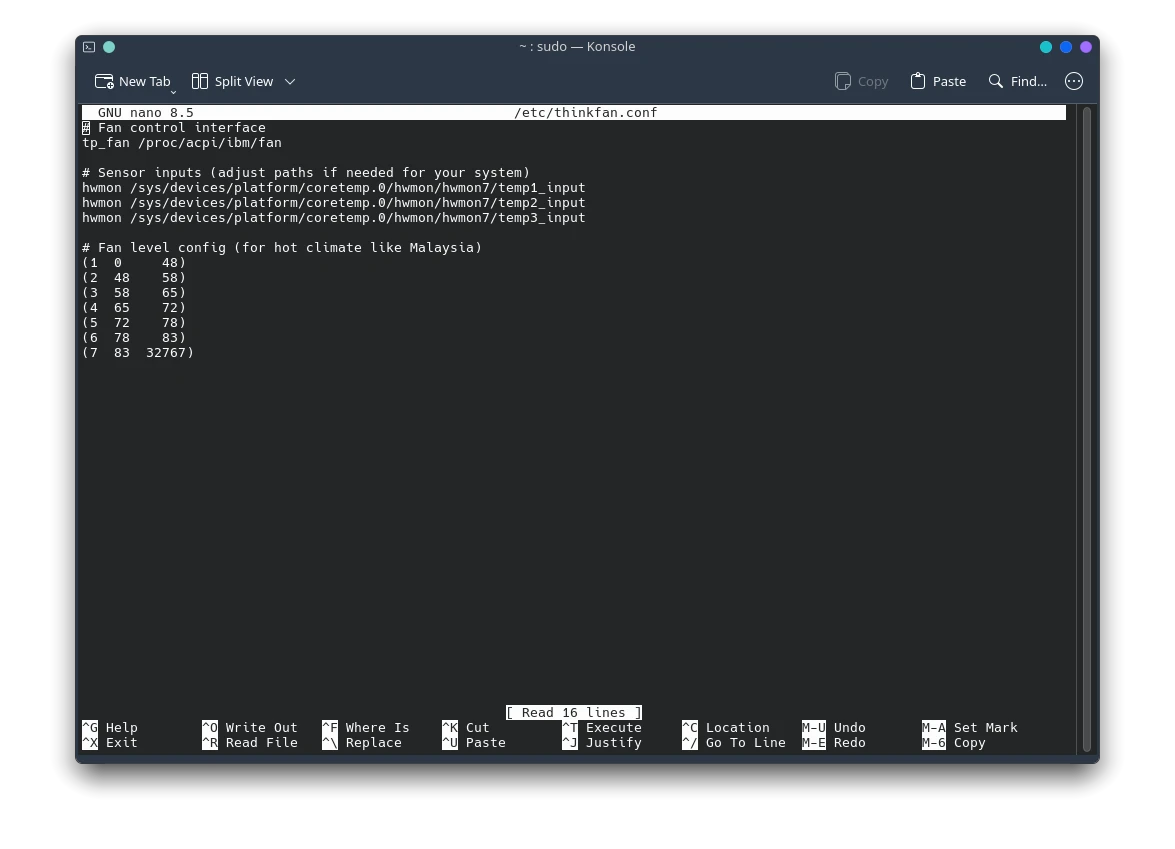archlinux
cachyos
free open source software
free operating system
google
linux
linux desktop
centos, CLI, cloudcomputing, CloudIntegration, CloudMount, CloudSolutions, CloudStorage, commandline, DataBackup, DataSync, debian, devops, fedora, FileManagement, FileSync, FileTransfer, FUSE, GoogleDrive, linux, linuxadmin, linuxtips, MountPoint, opensource, rclone, remoteaccess, RemoteStorage, servermanagement, systemadmin, techtutorial, ubuntu
9M2PJU
0 Comments
How to Mount Google Drive using rclone on Linux
Mounting your Google Drive on Linux allows you to access your cloud storage as if it were a local directory. This guide will walk you through the complete process of setting up and mounting Google Drive using rclone, a powerful command-line tool for cloud storage management.
Prerequisites
Before starting, ensure you have:
- A Linux system with root or sudo access
- An active Google account with Google Drive
- Internet connection for authentication and file access
- Basic familiarity with the command line
Step 1: Install rclone
Ubuntu/Debian
sudo apt update
sudo apt install rclone
CentOS/RHEL/Fedora
# For CentOS/RHEL
sudo yum install rclone
# For Fedora
sudo dnf install rclone
Arch Linux
sudo pacman -S rclone
Install from Official Script
curl https://rclone.org/install.sh | sudo bash
Verify the installation:
rclone version
Step 2: Install FUSE
To mount filesystems, rclone requires FUSE (Filesystem in Userspace):
Ubuntu/Debian
sudo apt install fuse
CentOS/RHEL/Fedora
# For CentOS/RHEL
sudo yum install fuse
# For Fedora
sudo dnf install fuse
Arch Linux
sudo pacman -S fuse2
Step 3: Configure Google Drive Remote
Start the rclone configuration process:
rclone config
Follow these steps in the interactive setup:
- Create a new remote:
n) New remote - Name your remote:
name> gdrive(You can use any name you prefer) - Select Google Drive:
Storage> drive - Leave client ID and secret blank (unless you have your own):
client_id> [Press Enter] client_secret> [Press Enter] - Choose scope (recommended: option 1 for full access):
scope> 1This gives full access to all files except the Application Data Folder. - Service Account file (leave blank for personal use):
service_account_file> [Press Enter] - Enable web browser authentication:
y) Yes - Browser authentication:
- rclone will open your default browser
- Log in to your Google account
- Grant permissions to rclone
- Copy the verification code back to the terminal
- Shared Drive configuration:
n) No(Unless you want to access a specific Shared Drive) - Confirm configuration:
y) Yes this is OK
Read https://rclone.org/drive/#making-your-own-client-id
Step 4: Test the Configuration
Verify that rclone can access your Google Drive:
# List directories in your Google Drive
rclone lsd gdrive:
# List all files
rclone ls gdrive:
# List files with details
rclone lsl gdrive:
Step 5: Create Mount Point
Create a directory where you want to mount Google Drive:
mkdir ~/GoogleDrive
Step 6: Mount Google Drive
Basic Mount Command
rclone mount gdrive: ~/GoogleDrive --daemon
Recommended Mount Command with Options
rclone mount gdrive: ~/GoogleDrive \
--vfs-cache-mode writes \
--vfs-cache-max-age 100h \
--vfs-cache-max-size 10G \
--vfs-read-chunk-size 32M \
--vfs-read-chunk-size-limit off \
--buffer-size 32M \
--daemon
Mount Options Explained
--vfs-cache-mode writes: Cache file writes to improve performance--vfs-cache-max-age 100h: Keep cached files for 100 hours--vfs-cache-max-size 10G: Limit cache size to 10GB--vfs-read-chunk-size 32M: Read files in 32MB chunks--buffer-size 32M: Set buffer size for better performance--daemon: Run in background
Alternative: Mount with GUI Support
If you’re using a desktop environment and want the mount to appear in file managers:
rclone mount gdrive: ~/GoogleDrive \
--vfs-cache-mode writes \
--allow-other \
--daemon
Step 7: Verify the Mount
Check if the mount is successful:
# List mounted filesystems
df -h | grep GoogleDrive
# Check if files are accessible
ls -la ~/GoogleDrive
Step 8: Unmount Google Drive
To unmount the drive:
# Method 1: Using fusermount
fusermount -u ~/GoogleDrive
# Method 2: Using umount
sudo umount ~/GoogleDrive
# Method 3: Kill rclone process
killall rclone
Step 9: Auto-Mount on Boot (Optional)
Using systemd Service
Create a systemd service file:
sudo nano /etc/systemd/system/rclone-gdrive.service
Add the following content (replace username with your actual username):
[Unit]
Description=rclone: Remote FUSE filesystem for Google Drive
After=network-online.target
Wants=network-online.target
[Service]
Type=notify
User=username
Group=username
ExecStart=/usr/bin/rclone mount gdrive: /home/username/GoogleDrive \
--config=/home/username/.config/rclone/rclone.conf \
--vfs-cache-mode writes \
--vfs-cache-max-age 100h \
--vfs-cache-max-size 10G \
--vfs-read-chunk-size 32M \
--buffer-size 32M \
--allow-other
ExecStop=/bin/fusermount -u /home/username/GoogleDrive
Restart=always
RestartSec=10
[Install]
WantedBy=default.target
Enable and start the service:
sudo systemctl daemon-reload
sudo systemctl enable rclone-gdrive.service
sudo systemctl start rclone-gdrive.service
Check service status:
sudo systemctl status rclone-gdrive.service
Using /etc/fstab
Add the following line to /etc/fstab:
sudo nano /etc/fstab
Add this line (replace username with your actual username):
gdrive: /home/username/GoogleDrive rclone rw,noauto,nofail,_netdev,user,exec,allow_other 0 0
Performance Tips
Optimize for Your Use Case
For frequent small file access:
rclone mount gdrive: ~/GoogleDrive \
--vfs-cache-mode full \
--vfs-cache-max-size 10G \
--vfs-read-ahead 256M \
--daemon
For streaming large files:
rclone mount gdrive: ~/GoogleDrive \
--vfs-cache-mode off \
--vfs-read-chunk-size 128M \
--vfs-read-chunk-size-limit 2G \
--buffer-size 64M \
--daemon
Troubleshooting
Common Issues and Solutions
Issue: Permission denied
# Add your user to the fuse group
sudo usermod -a -G fuse $USER
# Log out and log back in
Issue: Mount point is busy
# Force unmount
sudo umount -l ~/GoogleDrive
Issue: Slow performance
# Increase cache settings
rclone mount gdrive: ~/GoogleDrive \
--vfs-cache-mode full \
--vfs-cache-max-size 20G \
--daemon
Issue: Files not showing immediately
# Add directory cache timeout
rclone mount gdrive: ~/GoogleDrive \
--dir-cache-time 1000h \
--daemon
Check rclone Logs
# View logs
rclone mount gdrive: ~/GoogleDrive --log-level INFO --log-file ~/rclone.log
# Or run in foreground for debugging
rclone mount gdrive: ~/GoogleDrive -v
Security Considerations
- Token Security: Your authentication tokens are stored in
~/.config/rclone/rclone.conf. Protect this file with appropriate permissions:chmod 600 ~/.config/rclone/rclone.conf - Network Security: All communication with Google Drive is encrypted via HTTPS.
- Local Access: Use
--allow-othercarefully as it allows other users to access the mount.
Conclusion
You now have Google Drive mounted on your Linux system! The mounted directory behaves like any other local directory, allowing you to:
- Copy files to and from Google Drive using standard commands
- Edit files directly in your preferred applications
- Access Google Drive through your file manager
- Use command-line tools on your cloud files
Remember that changes to files are synchronized with Google Drive, so always ensure you have a stable internet connection when working with important files.
For advanced usage and additional options, refer to the official rclone documentation.







Post Comment